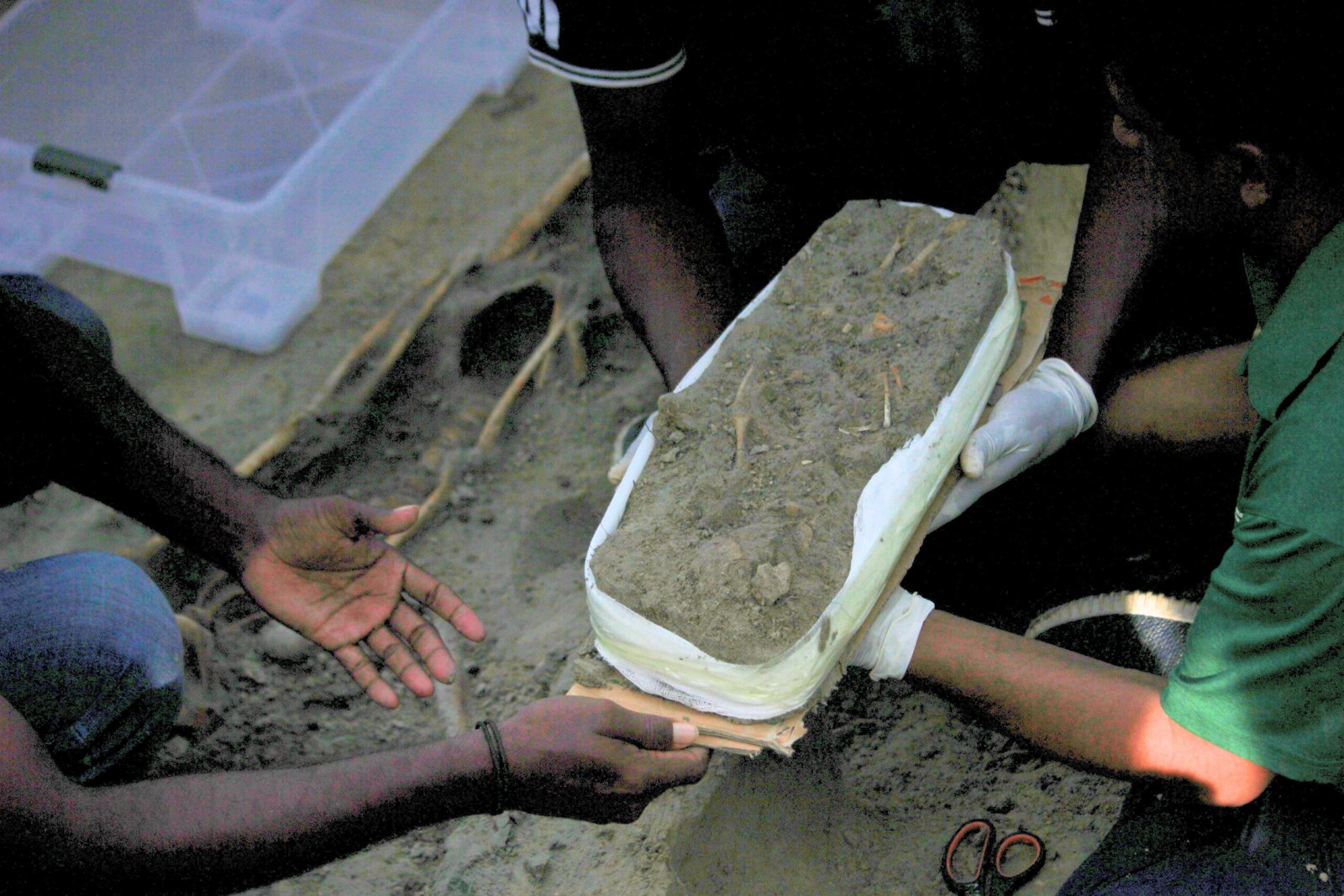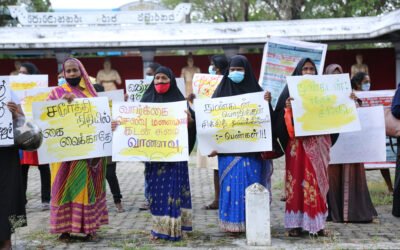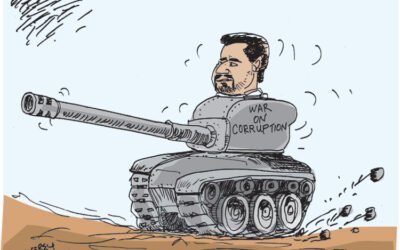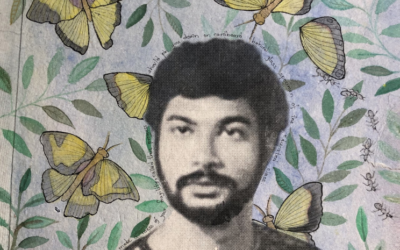Chemmani: Where the Soil Speaks, Where Memory Refuses Silence
Sakuna M. Gamage
|
The wind returns to the street It hesitates a little This wind knows of the days During a night of merciless rain The bed carrying an old man Even after everyone had crossed over, This bridge has weathered, gained strength Under the bridge Now it is evening, One step of the goddess of peace Next to him, I see a demon face Faces sprout suddenly, on hoardings This bridge, strengthened by its burden
|
ජීවිතයත් මරණයත් පුරෝගෙන පාලමෙන් එතෙර වෙද්දී පාලම යට වතුර සිත්පිත් නැති වැහි තීරු මහල්ලකු හොවා ඇති සයනයක් සියල්ලෝ පිටව ගිය පසුව මේ පාලම පාලම යට එතකුදු දැන් පා විලංගු ලූ රටේ ධනය වැනසීමට, තල් ගස් මෙන් උසට චෙම්මනි සිය දහක් කතා බරින් |
Cheran Rudramoorthy, Chemmani (2003)
Translated from Tamil into English by Lakshmi Holmström; translated into Sinhala by Sanjula Pietersz
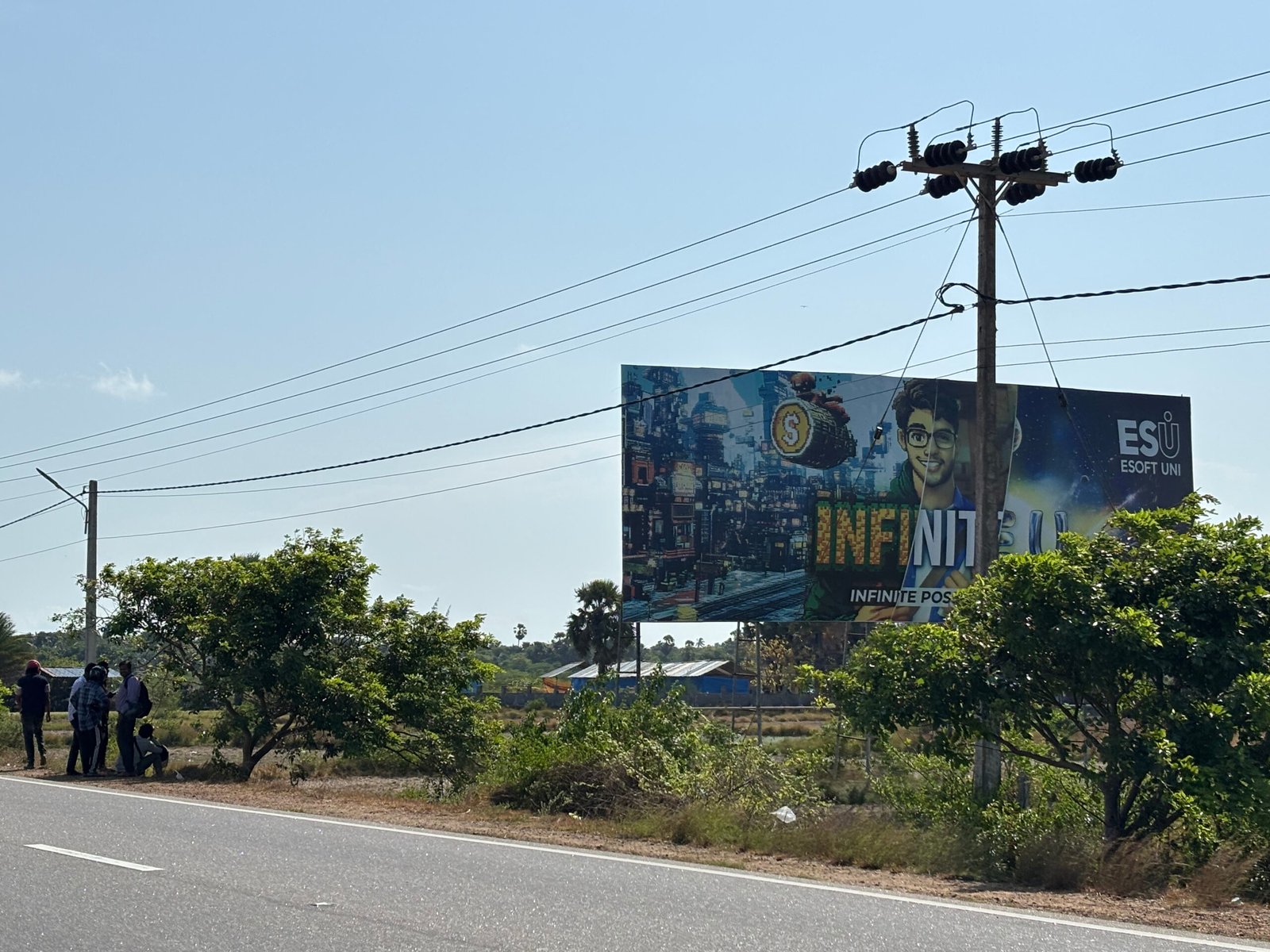
Tamil poet Cheran Rudramoorthy’s Chemmani (2003), recently translated into Sinhala by Sanjula Pietersz and released in Colombo on 12 August 2025 among his selected poems published as Laso Diyawena Bhoomiya (‘Land of Melting Sorrow’), resonates more than ever with the ongoing exhumation of a mass grave site in Chemmani in northern Sri Lanka.
Cheran Rudramoorthy wrote Chemmani in 2003, after revelations of a mass grave in the precincts of a Hindu cemetery in the Nallur division of Jaffna district. His words evoke bridges weighed down by “a hundred thousand tales,” dogs howling after the displaced flee, bones lying hidden under mud, and hoardings masking burial grounds. The images are stark: memory buried, erased, commodified. Yet the poem insists that the soil itself remembers, that silence is temporary, and that even a single tear can collapse the strongest structures of denial.
Holmström’s English translation carried these images to a global audience, while Pietersz’s Sinhala translation brings this Tamil voice into the Sinhala language of Sri Lanka’s fractured memory. Reading Chemmani today, as bones rise once again from the earth, confirms its uncanny moral accuracy. Poetry here does not predict; it bears witness. It testifies to what violence does to land, memory, and people.
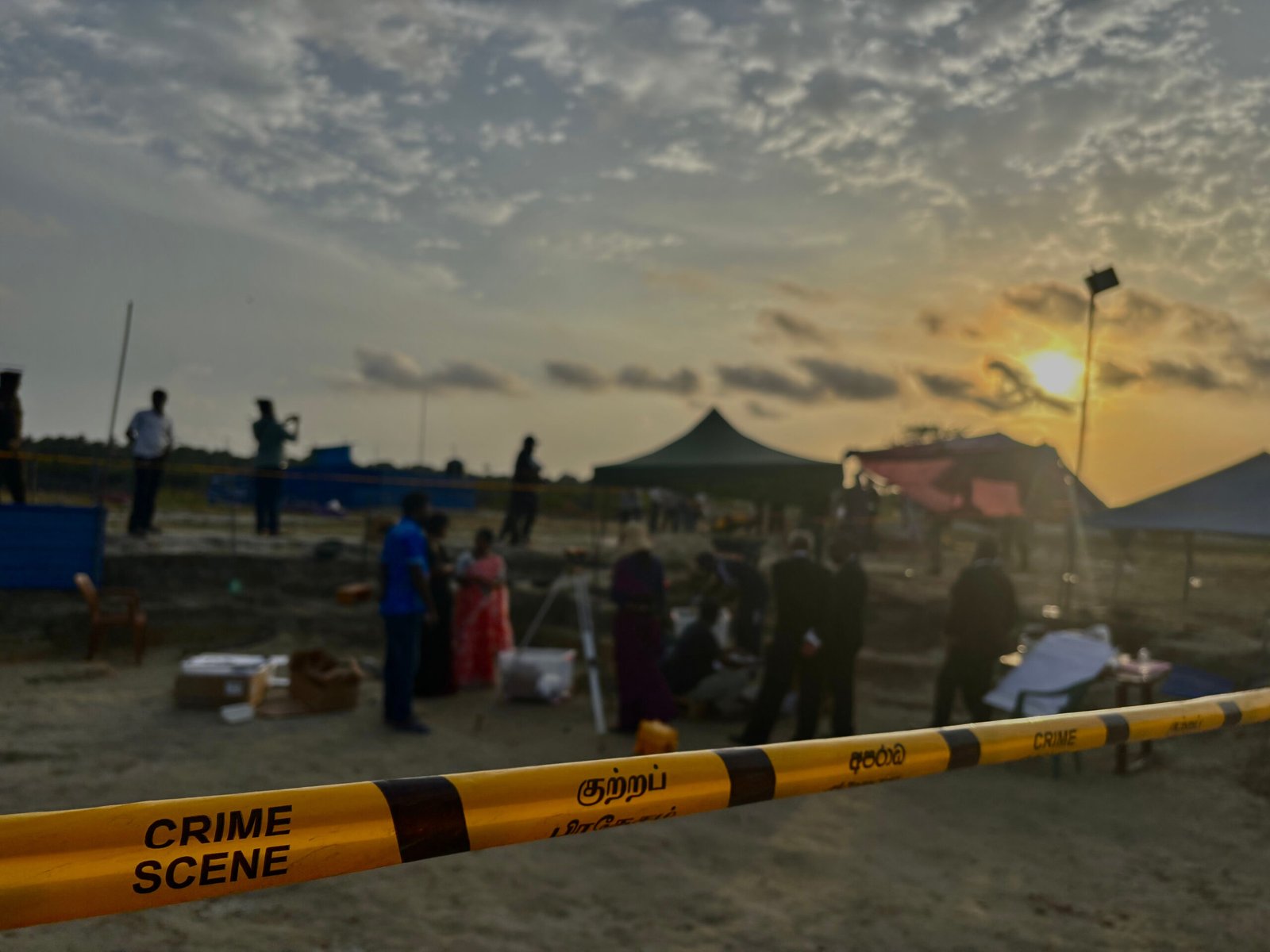
An open wound and a closed file
Chemmani’s history is not just about one site; it is about the Sri Lankan state’s refusal to reckon with atrocity. In 1998, during his trial for the rape and murder of Krishanthi Kumaraswamy, Lance Corporal Somaratne Rajapakse claimed that 300–400 Tamil civilians killed during the Sri Lanka military’s capture of Jaffna were buried in Chemmani. He named perpetrators, pointing to systematic killings by fellow soldiers and officers.
Excavations in 1999 recovered only 15 skeletons, two of which were identified. No senior officers faced prosecution. Silence was allowed to settle. For two decades, Chemmani was simultaneously an open wound and a closed file. Families kept memory alive, journalists and activists revisited the site, and poets like Cheran articulated it in words. Yet, in officialdom, Chemmani sank into the soil of denial.
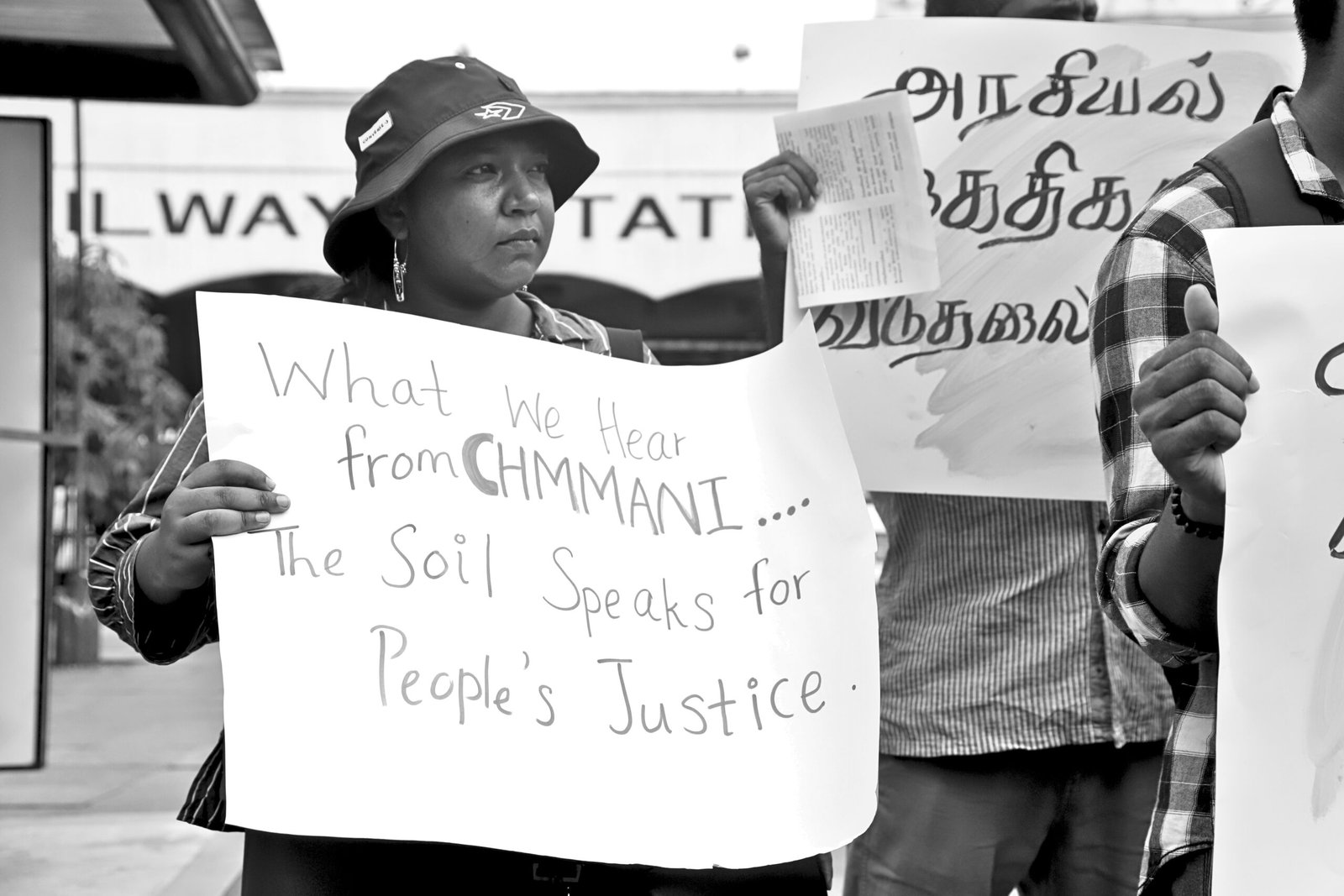
Cracking the earth
That silence cracked in February 2025. Renovations of the cemetery near the old site unearthed human remains. Excavations soon revealed over 147 skeletons, including children and infants. These bones were more than evidence; they were testimony against forgetting.
On 5 August, under court supervision, more than 200 family members of the disappeared gathered at Ariyalai Siththupaththi Hindu Cemetery. They were shown personal belongings unearthed from the pits: schoolbags, sarongs, jewellery, shoes, toys. No item was matched to a specific person, but the act of looking, the scanning of cloth, the trembling of hands, the silence, became testimony itself.
Grief cannot be contained by court orders banning photography or recording. In those moments, Chemmani transformed from a legal procedure into a ritual of collective mourning and defiance.
Photography as witness, poetry as echo
Walking through Chemmani with my camera, Cheran’s poem appeared everywhere. A photograph of a trench framed against a billboard recalled his warning about advertisements covering graves. A shot of a smiling security guard by the fence echoed the “smile on his face” in the poem, where peace is fettered and guarded.
Photography, like poetry, does not deliver justice, but it interrupts silence. Where the state prefers bureaucracy and denial, images insist on seeing. A trench of bones beneath glowing advertisements, a grieving mother beneath soldiers’ gaze, these juxtapositions form what I call the living archive of Chemmani.
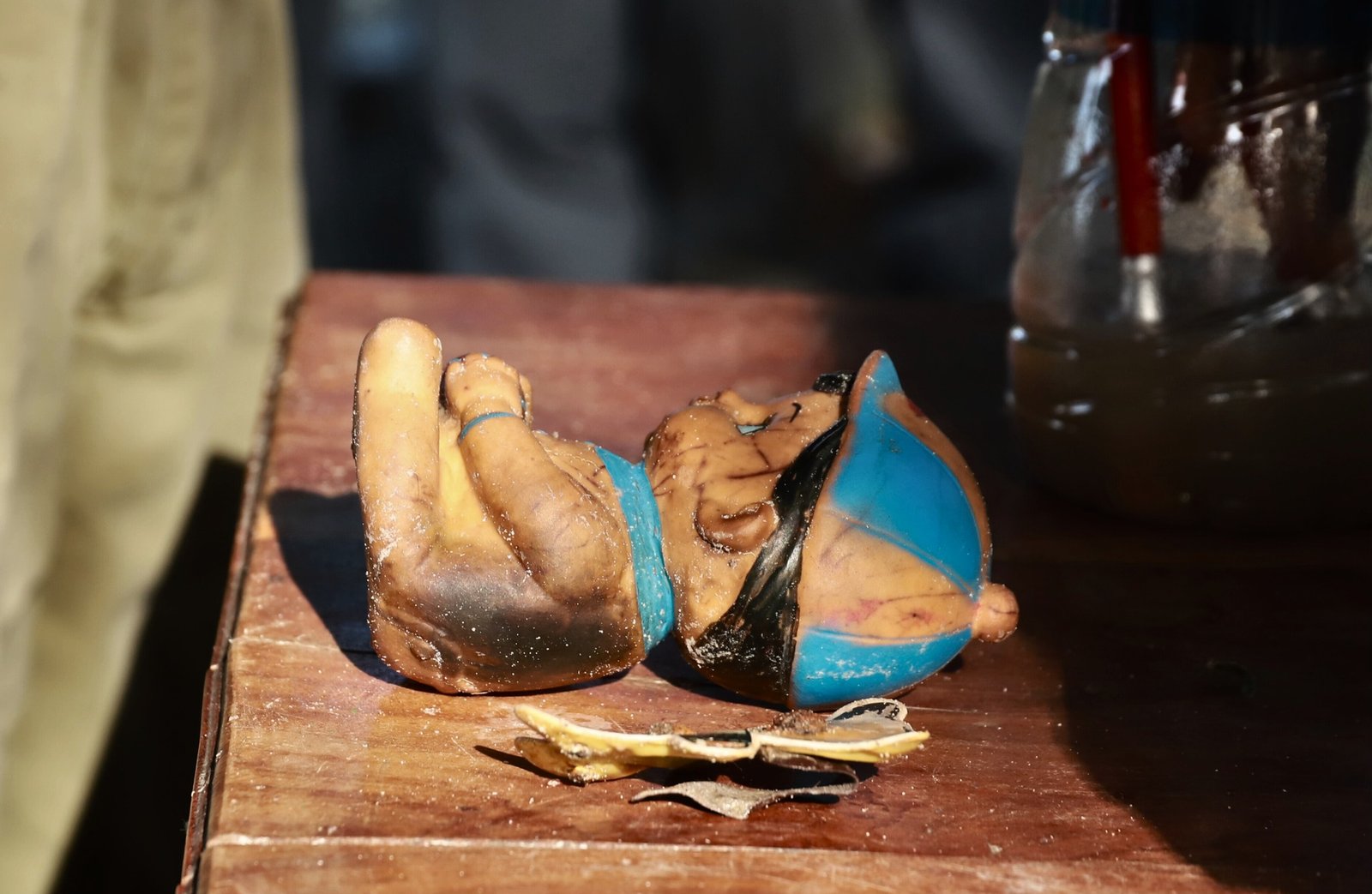
Justice deferred, justice demanded
Chemmani stands at the intersection of memory and justice. Unlike many mass graves in Sri Lanka, it is tied to sworn testimony and the names of perpetrators. Rajapakse, still on death row 29 years later, has now indicated willingness to testify before an international tribunal, and even name senior commanders. His voice could rupture the chain of silence, but only if the state allows it. So far, the NPP government, elected on promises of justice and accountability, has remained politically silent. Political silence is not neutrality; it is betrayal. It risks repeating the pattern: excavation without accountability, neither truth nor justice, memory without recognition. International mechanisms exist, families are waiting, but political will falters.
A living archive of resistance
Chemmani is more than a graveyard. It is a living archive. Families bring faded photographs. Poets weave words. Photographers freeze images. The soil itself releases bones. Together, they resist silence. Memory here is active, insistent, and communal. Each mother gripping a photograph, each child scanning a toy, each bone lifted from the pit is part of a chain of resistance declaring: forgetting is impossible, denial is violence, silence is complicity.
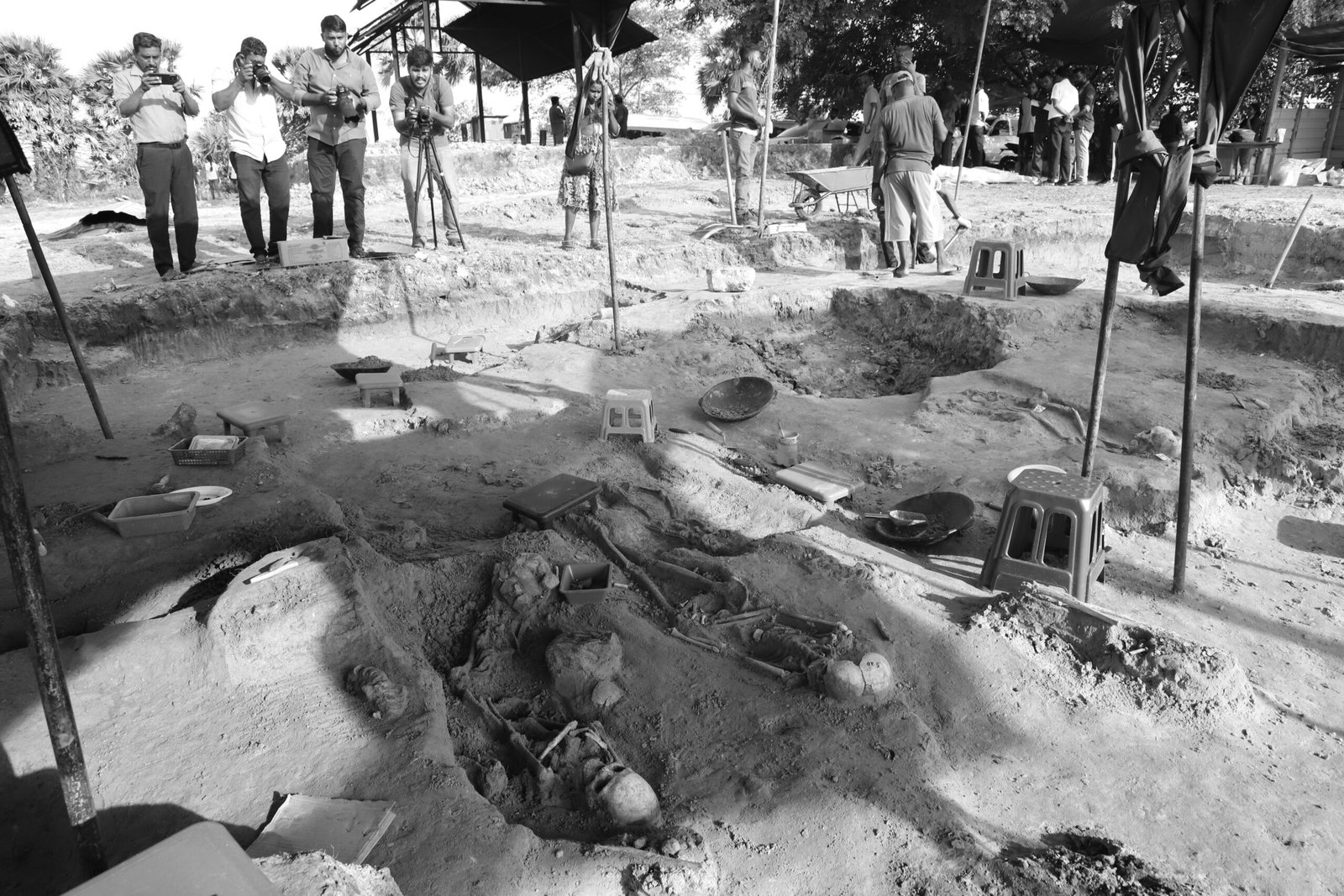
The collapsing bridge
Cheran ends his Chemmani poem with the image of a bridge collapsing “within a single tear.” That metaphor is urgent today. Sri Lanka’s bridge between past and future, between justice and denial, is fragile. It may collapse under grief or under continued silence.
Chemmani demands that the soil’s testimony be heard, that families’ grief be recognised, and that justice be more than a word. Bones cannot be buried again, not under bureaucracy, propaganda, or silence. The soil has spoken. The question remains: will the state and the Sinhala nation finally listen?

Sakuna M. Gamage is a researcher with the Law & Society Trust and independent journalist and social documentary photographer based in Colombo, Sri Lanka.
Picture credits: Sakuna M. Gamage
You May Also Like…
Review and Repair Microfinance Authority Bill! Safeguard Women’s Dignity, Livelihoods, and Long-Term Security!
Suriya Women’s Development Centre
Editors’ Note: On 17 November 2025, the NPP government gazetted a bill to establish a statutory agency styled the...
Year One of the NPP Government: Some Heretical Thoughts
Jayadeva Uyangoda
By the third week of November 2025, the National People’s Power (NPP) has completed its first year as Sri Lanka’s new...
Polity Vol 13 No. 1 (June 2025)
Contents There is Great Disorder Under Heaven - Editorial The NPP Government and Its Democratic Promise: A Review -...

